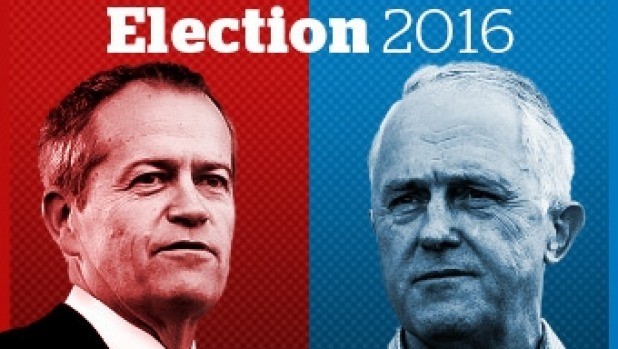(VOVworld) – Five days after Australia’s federal election, an official result has still not been announced. 90% of the votes have been counted but no party has gained enough votes to form a government.
 |
Labour party leader Bill Shorten and Prime Minister Malcolm Turnbull
(photo: the Sydney Morning Herald)
|
Australian voters cast their ballots on May 2 to still 150 seats in the House of Representatives and 76 seats in the Senate. A preliminary vote count on July 6 showed the Liberal Party and National Party Coalition of Prime Minister Malcolm Turnbull winning 70 seats and the Labour Party winning 67 seats. Other parties and independent candidates were winning 5 seats. Eight seats are currently too close to call.
Prime Minister Turnbull’s risky calculation
Prior to the election Turnbull said he would certainly hold or increase the number of seats the Liberal-National coalition held in both Houses. He said the coalition needs to maintain their majority to advance their economic agenda. During the 8-week campaign Turnbull concentrated on the Liberal party’s strength in economic management and a proposal to reduce taxes for the next 10 years to boost growth and general jobs. He said under Liberal leadership, Australia will be able to handle a post-Brexit economic crisis.
But his assurances appear not to have convinced voters. Preliminary results indicate that the Liberal-National Coalition will fall short of its current 90 seats. Director of the Australia Institute Ben Oquist said during the campaign that the Coalition was too over-confident in not negotiating with the smaller parties and independent candidates. Prime Minister Turnbull took a gamble in dissolving both Houses to hold an early federal election because his government faced strong opposition to proposed tax reductions and exemptions for business. It seems he miscalculated the situation. Support for the ruling Coalition appears to have fallen to parity with the Labour party.
Associating to form a government
In this election, the independent candidates and small parties won 23% of the votes, the most they have ever won. Although they will win relatively few seats, their votes will be crucial in deciding closely contested issues.
Neither the Liberal-National Coalition nor the Labour Party will be able to form a majority government without support from the independent MPs to garner 76 seats in the House of Representatives. Leaders of both the Coalition and the Labour Party are now negotiating with the independent MPs.
Liberal Senator Arthur Sinodinis said Mr. Turnbull himself is negotiating with the independents, as is Labour party leader Bill Shorten.
Analysts say both sides fall short of a majority and the Green party and independent MPs support neither side, Australia will have another election within 12 months. Some analysts say Australia will soon have its 5th Prime Minister in 3 years.